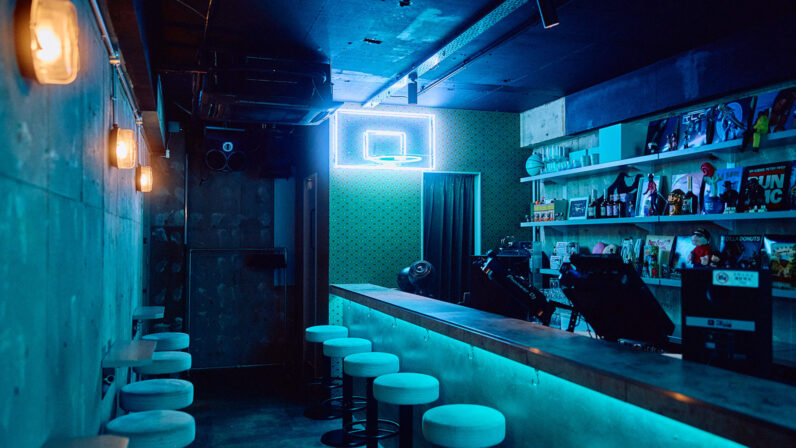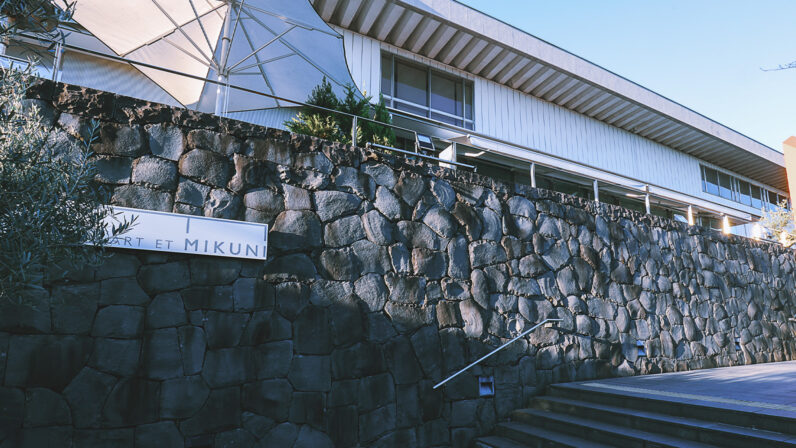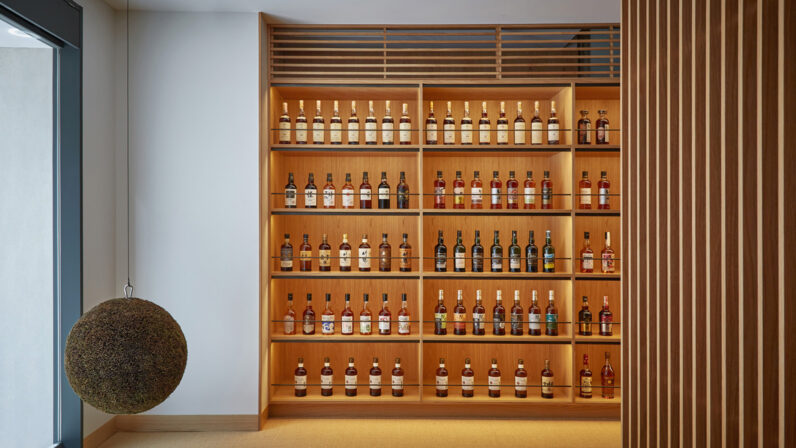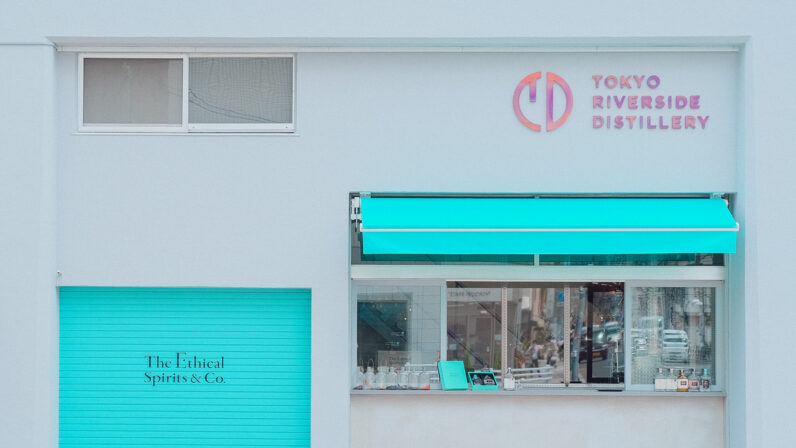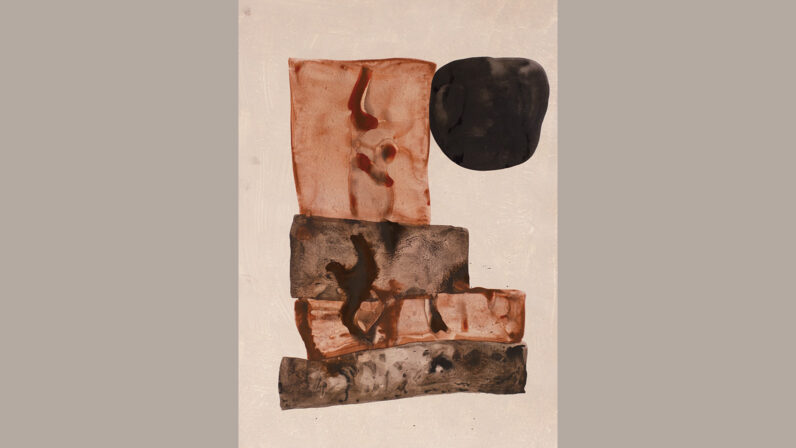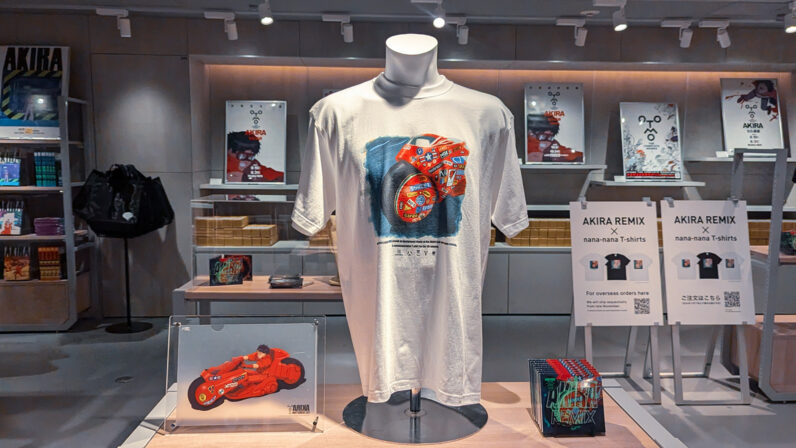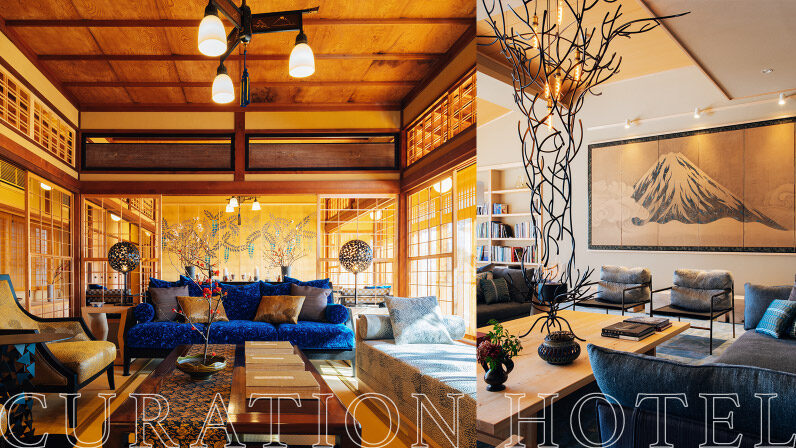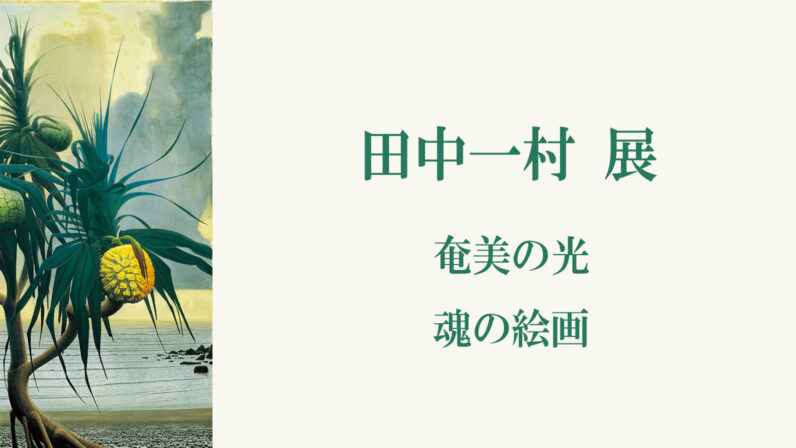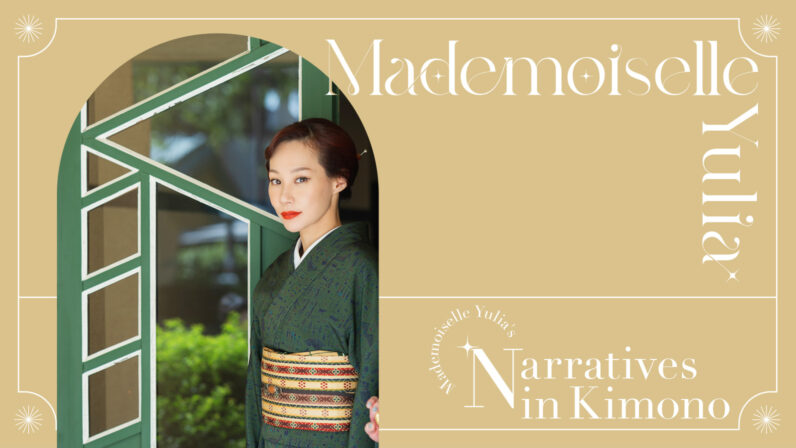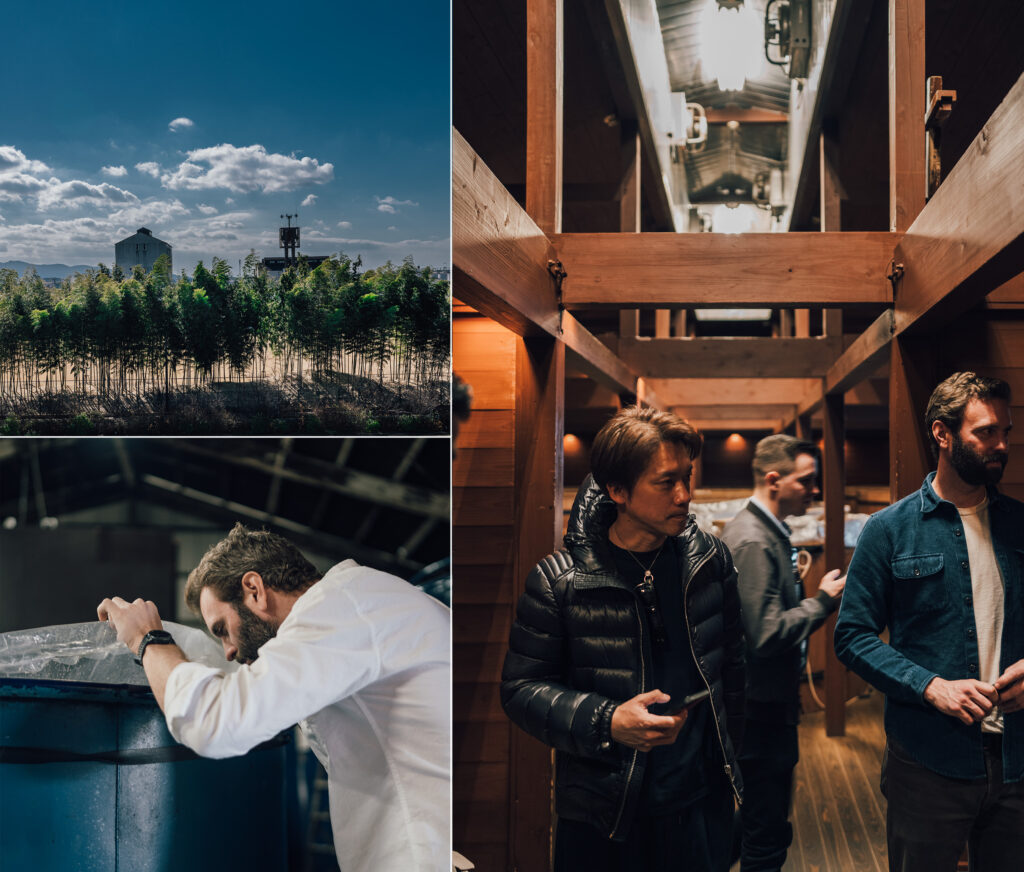
Photo by Alex Day
When exploring the world of authentic shochu, a traditional distilled spirit in Japan, its unique aroma and fermentation techniques using koji impress even seasoned bartenders familiar with distilled spirits. As bartenders’ curiosity leans towards local specialties, Miyazaki Prefecture hosted the MIYAZAKI SHOCHU EXPERIENCE, aiming to showcase the allure of authentic shochu, often dubbed one of the ‘last frontiers.’ Three top American bartenders and two Japanese counterparts participated in this event. Cocktails inspired by their Miyazaki adventure will be served at the MIYAZAKI SHOCHU POP-UP on March 9th and 10th at Shibuya’s Kakuuchi Base. Delve into their experiences and insights through the lens and memoir of Alex Day, co-owner of Death & Co, one of the world’s leading cocktail bars.
The passion and vision here is intoxicating, dancing between tradition and evolution in a way that feels like looking and tasting the future of the category.

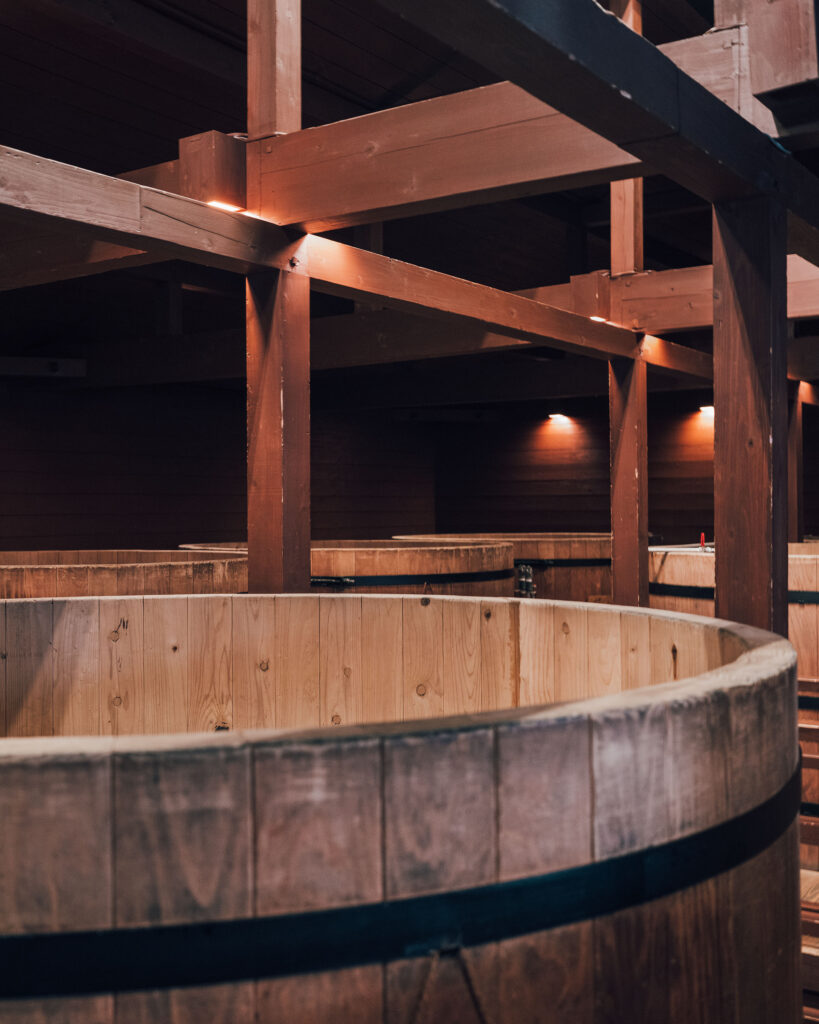

Photo by Alex Day
On the first day, we visited ‘Kuroki Honten,’ a shochu brewery established in the 18th year of the Meiji era. Known for its barley shochu brands such as ‘Hyakunen no Kodoku’ and ‘Nakanaka,’ as well as its sweet potato shochu ‘Kiroku.’ The separate distillery, Osuzuyama Distillery, is nestled in the mountains, just a 30-minute drive from Takachiho City where Kuroki Honten is located. It’s where shochu production takes place in a rich and beautiful environment blessed with abundant water.
“I felt they were creating something truly connected to the local community. Their ingredients—barley, sweet potatoes—are grown right here, and they use barrels made from trees like cedar, chestnut, and cherry sourced from these mountains. The distillery, situated atop a waterfall, always resonates with the soothing sound of water. Shinsaku Kuroki, the fifth generation, is undoubtedly passionate. He’s not just about shochu; he’s expanding boundaries by also crafting whiskey and gin, linking them to the evolution of shochu.”
The craftsmanship of shochu-making was clearly evident through handcrafted koji production, fermentation in barrels made from local wood, and the meticulous process involved.
One of the coolest parts of Kirishima’s distillery is the natural spring it sits directly on top of. Feeding all of their production and the livelihood of the community
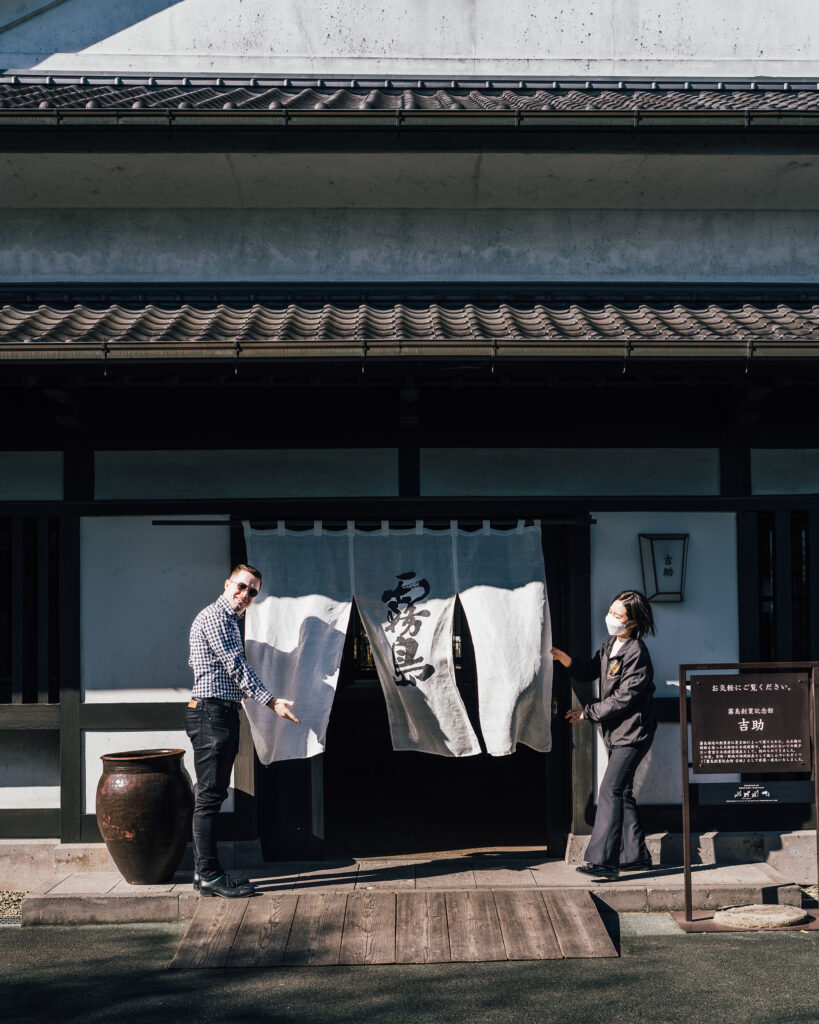
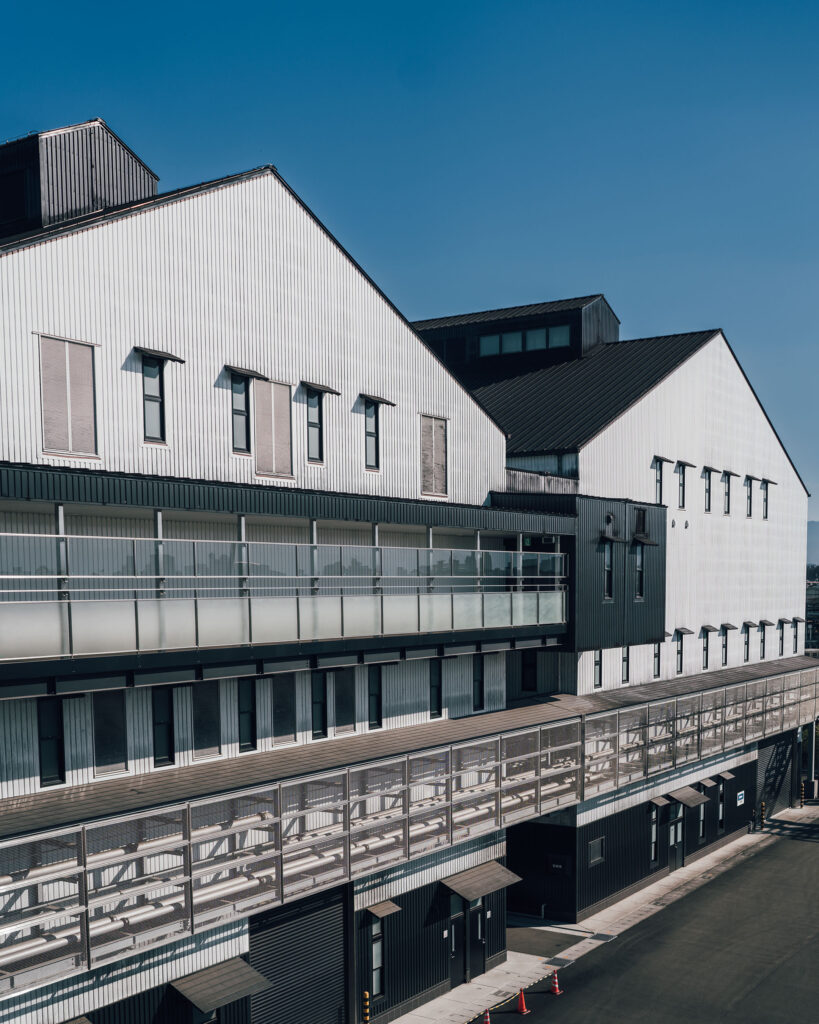

Photo by Alex Day
On the second day, we visited ‘Kirishima Shuzo’, the largest shochu distillery. Located in Miyakonojo City, Miyazaki Prefecture, it sits atop the well-drained Shirasu Plateau, where rainwater from the Kirishima mountain range accumulates underground. This water, known as Kirishima Rekkasui Water, is not only used in shochu production but also widely utilized throughout the region.
“The water here is soft, with a subtle mineral flavor. About 400 tons of sweet potatoes are processed per day, yielding 200,000 bottles of shochu. Despite the large-scale production, there’s a discernible craftsmanship involved, with manual handling of potatoes and meticulous control of temperature and humidity. There is a level of artistry and a feeling not often found in major liquor companies.”
He was trying to evolve their shochu for her to be more interested. Very, very endearing.

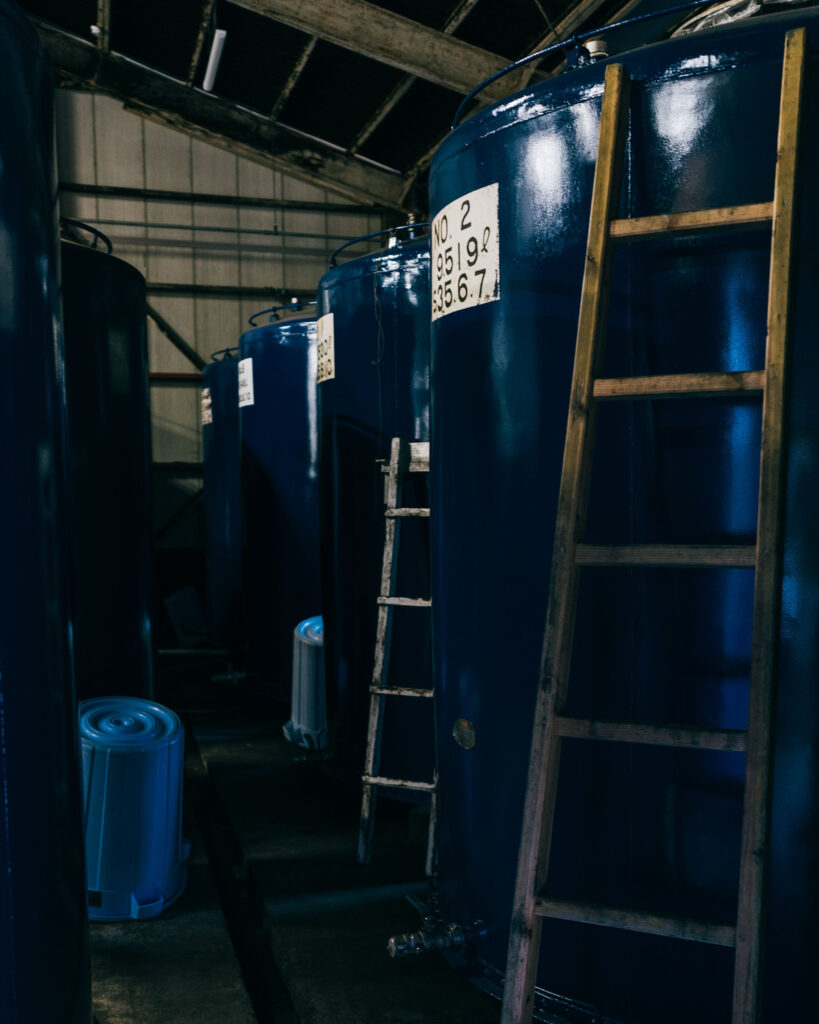
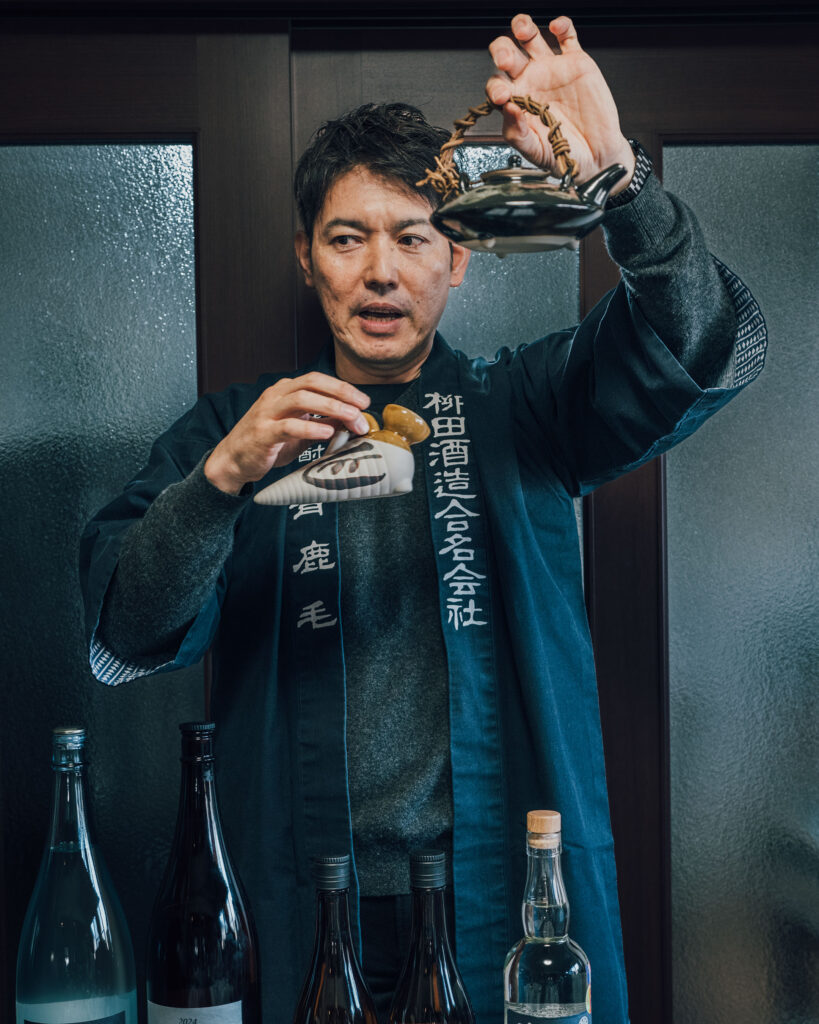
Photo by Alex Day
Near Kirishima Shuzo is ‘Yanagita Shuzo’, where former engineer Tadashi Yanagita serves as both the toji (master brewer) and representative of the brewery. With a research-oriented mindset, Mr. Yanagita has determined the optimal temperature and humidity for aging sweet potatoes without spoilage. He conducts distillation using matured sweet potatoes and employs his own improved distillation equipment to create shochu with unique flavors. Furthermore, aiming to pass on the brewery to his only daughter and ensure safer shochu production, he’s also focused on upgrading machinery. His efforts also include exploring new flavors in shochu production. As mentioned earlier by Alex, he was deeply moved by Mr. Yanagita’s endeavors, all carried out with his daughter in mind.
The distillery felt ancient in the most beautiful way, and while they’re making beautiful shochu in a style that they have for years.

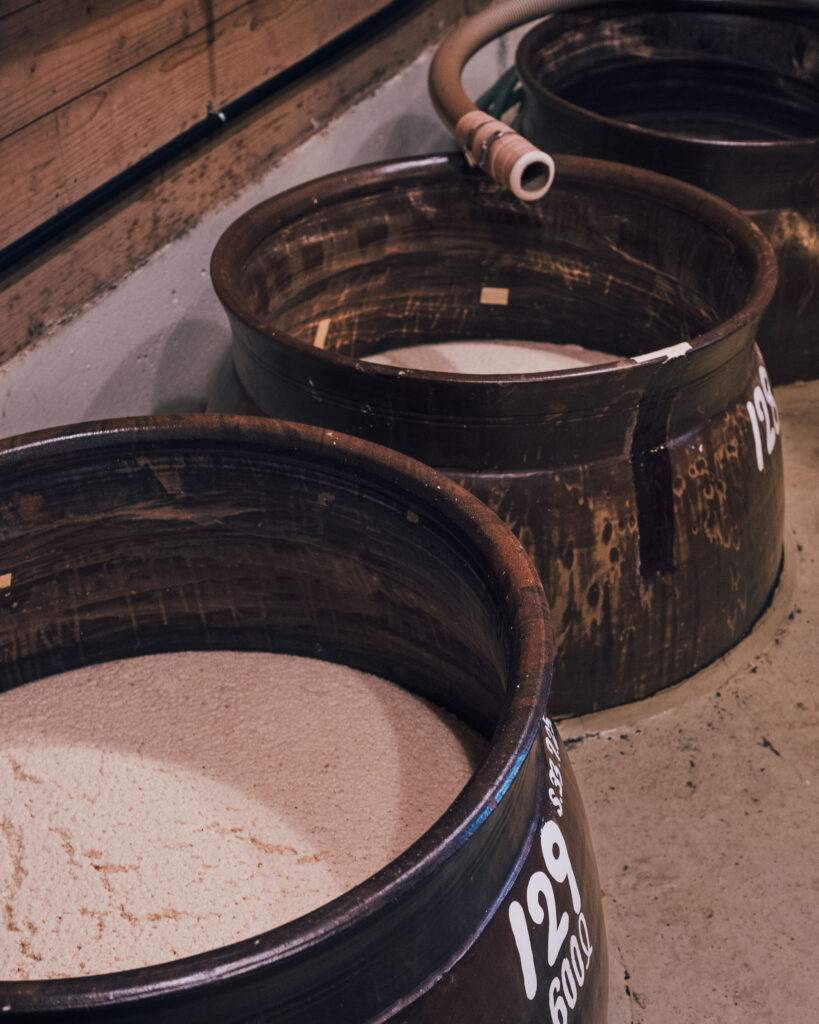
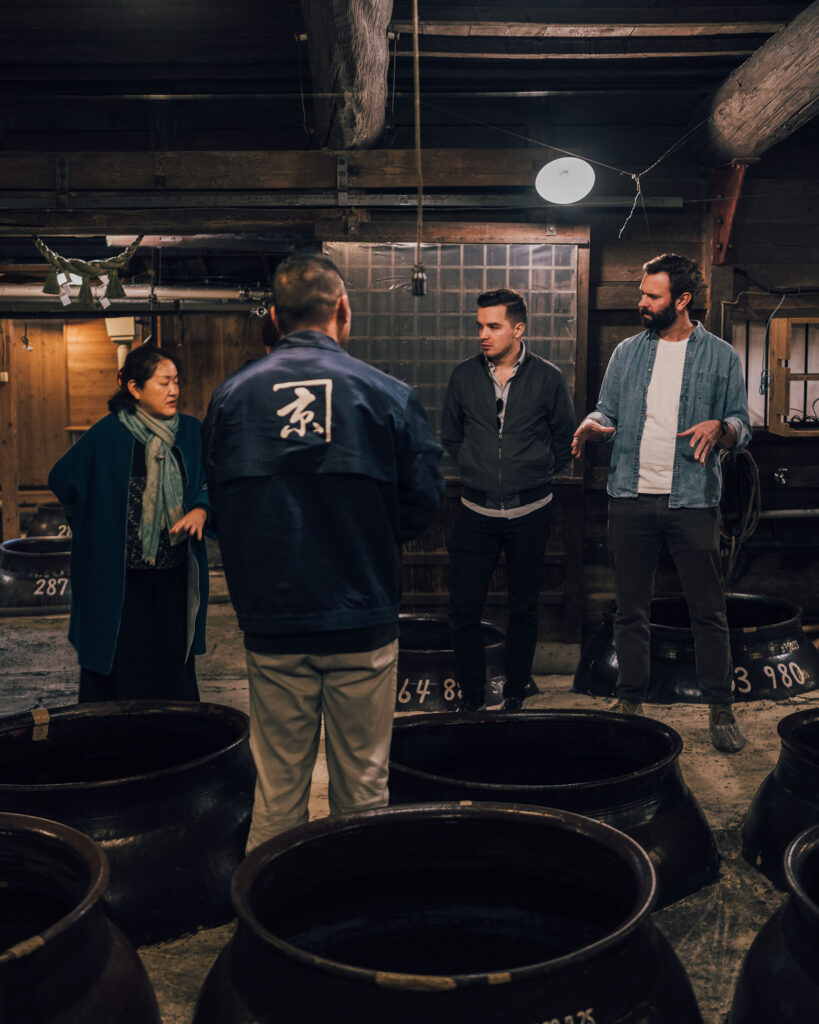
Photo by Alex Day
On the third day, we visited ‘Kyoya Shuzo,’ founded in 1834. This brewery cherishes and continues to preserve ancient practices, such as using a rare boiler called the Cornish boiler, which has been in use since the early Showa period, and brewing in large pots with over 100 years of history. To coincide with the bartenders’ visit, they had set aside a batch of sweet potato shochu distillation, leaving Alex deeply impressed.
“The sweet potatoes are washed and prepared as soon as they arrive at the distillery, then steamed, mashed, mixed with rice koji, fermented, and finally distilled. During our visit, we even got to taste freshly steamed sweet potatoes, which was a unique experience. I felt that shochu, which highlights the natural flavor of its ingredients, is truly special. Additionally, they’re pushing the boundaries of shochu by creating gin infused with sweet potato shochu as its base. Among them, the ‘Aburatsu Gin’ made with yuzu was particularly delightful.”
The emphasis and obsession here is as much about farming as it is shochu making, the importance of the land, and drawing everything from the region.
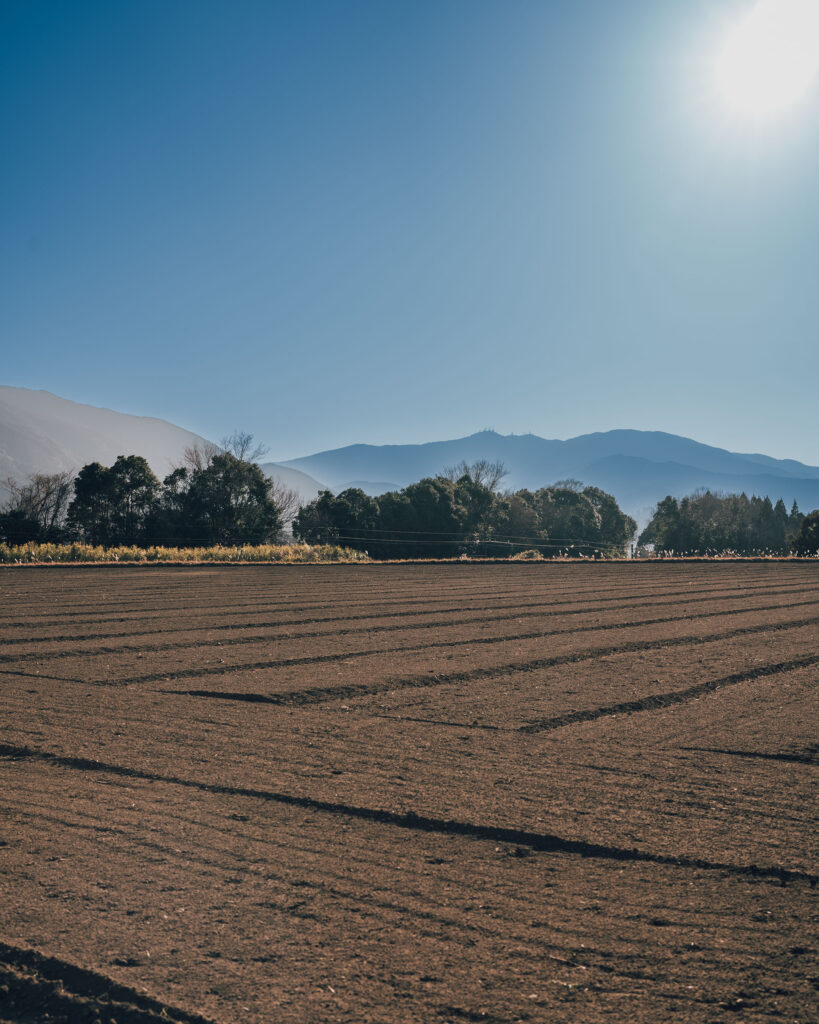


Photo by Alex Day
Next, we visited ‘Watanabe Shuzo’. A family-owned operation that handles everything from farming to distillation, Watanabe Shuzo places great importance on the concept of “terroir.” They utilize all aspects of the land—ingredients harvested from the area, temperature, as well as the microbes present in their brewery and the land itself—to craft their shochu.
“We visited the farm, where we got to experience trampling barley in the barley fields and also visited the sweet potato fields. The amount of shochu produced from just one of these fields is staggering—20,000 bottles of 1.8 liters each. It’s truly remarkable to think about the challenges involved in producing such a harvest solely from this land. Additionally, Mr. Watanabe prioritizes the local environment; during fermentation, he opens the windows to let in natural air, which influences the final flavor of the shochu. It turns out there’s a pickling company nearby, and it was discovered that Mr. Watanabe’s shochu contains a hint of lactic acid. It’s clear that everything he does contributes to the deliciousness of the shochu.”
During our visits to distilleries of different sizes and locations, one thing stood out: the captivating taste of shochu deeply tied to the land, and the profound connections with people, reflecting the craftsmanship passed down through families and communities. Throughout our journey, we indulged in local cuisine, explored tea and fruit orchards, engaged with producers, and returned home with each bartender feeling captivated and inspired to create.
What kind of cocktails were born from the journey’s inspiration?

Following their experiences in Miyazaki, a cocktail presentation was held on January 15th at the Toranomon EDITION HOTEL, with media and bartenders in attendance. The lineup featured a diverse range of cocktails reflecting the climate and travel experiences of Miyazaki. These cocktails will be available on the menu at the MIYAZAKI SHOCHU POP-UP event in Shibuya in March.
1:Peach Boy (Momotaro) by Vlad Novikov (General Manager of Silver Lyan)
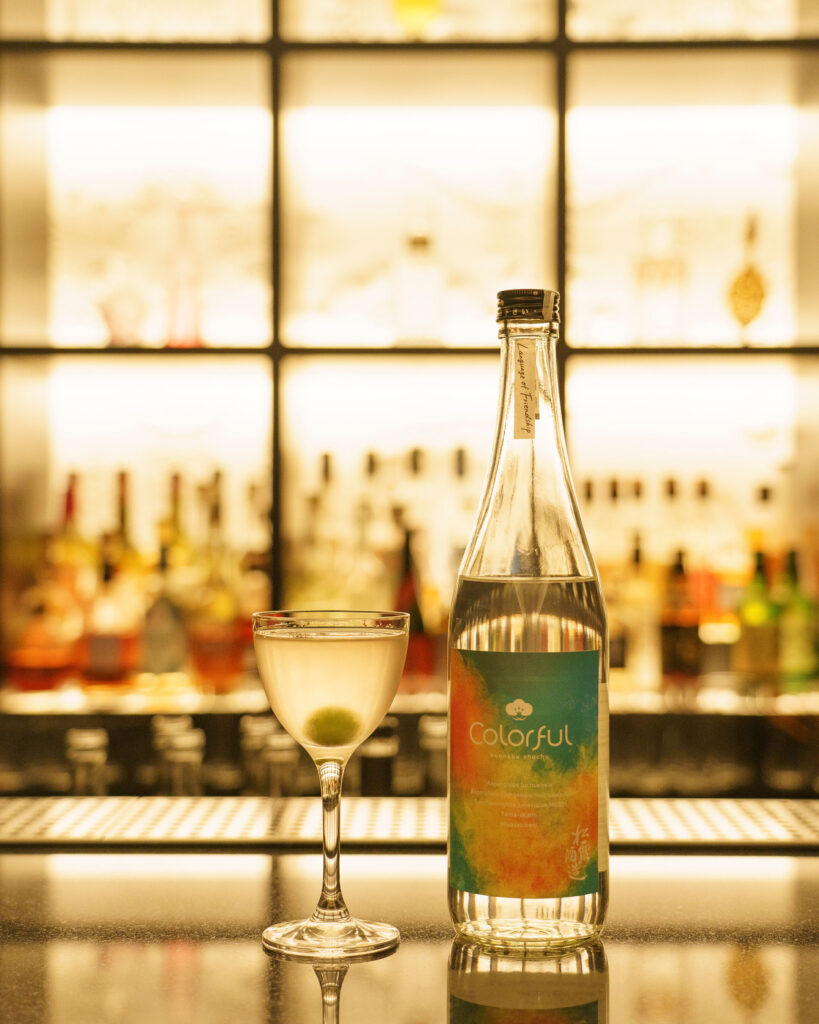
Ingredients: Colorful shochu, smoked peach, herbs, Riesling.
Inspired by the journey of the bartenders, this cocktail is crafted with the imagery of Momotaro in mind. It combines the vibrant aroma of colorful shochu with smoked peach and herbs, and is fortified with Riesling wine.
“I found shochu to be quite reminiscent of wine. The aroma varies delicately depending on the type of sweet potato used, much like how different grape varieties affect wine. It was delightful to discover new flavors.” (Vlad)
2:Ajax Old Fashioned by Tyson Buhler (F&B Director of Death & Co)
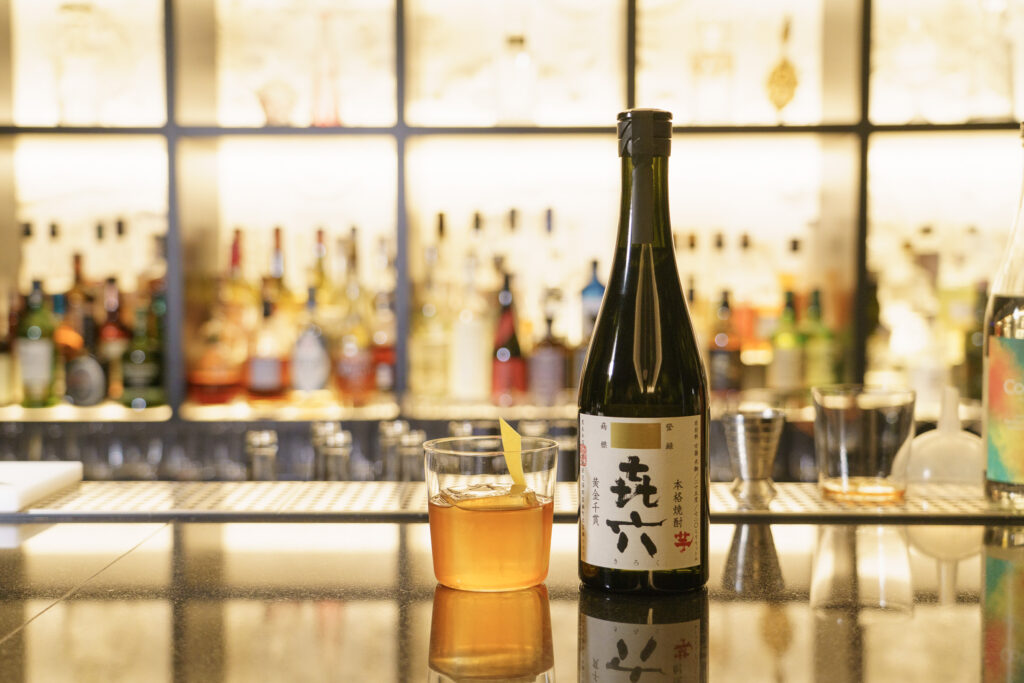
Ingredients: Kuro Roku shochu, bourbon, dark maple syrup, salt, bitters.
This cocktail blends the rich aroma of Kuro Roku shochu with the sweetness and fragrance of bourbon and maple syrup. Enhanced with a hint of saltiness and bitterness, it delivers a flavor reminiscent of popcorn.
“I’ve been experimenting with shochu cocktails even before coming to Japan. I’ve mixed barley and sesame shochu with various fruits, almond syrup, and citrus. The name of this cocktail is inspired by Aspen, where we plan to open a new venue. I wanted it to be embraced locally as well, so I named it after the Ajax ski jump in Aspen. It’s a twist on the classic Old Fashioned cocktail.” (Tyson)
3:Egg of Columbus by Yujiro Seisaki (Owner Bartender of Bar LIBRE)

Ingredients: Tokujou Kirishima shochu, coffee, bergamot syrup, orange bitters.
This cocktail, inspired by the Espresso Martini, infuses the rich flavor of coffee into shochu. Distilled to clarity, and within it lies a surprise – a kumquat jelly nestled at the bottom.
“It was a tour where you could feel the passion of the makers. With an increasing number of people coming to bars seeking Japanese spirits from overseas, I aim to include shochu cocktails in our lineup. During this tour, I encountered many coffee enthusiasts at the distillery, and felt the great harmony between coffee and shochu. With the image of how simple things can actually make for delicious combinations, I named the cocktail ‘Egg of Columbus’.” (Seisaki)
4:Imo Kind of Daiquiri by Hideyuki Saito (Director of GOLD BAR)

Ingredients: Yami shochu, guava, Pocari Sweat (a Japanese sports drink), absinthe, citrus.
This cocktail is a twist on the classic Daiquiri, with shochu as its base. It boasts a fragrant aroma, accentuating the sweetness of imo (sweet potato) shochu and fruity flavors.
“For Japanese bartenders, opportunities to visit or learn about shochu distilleries are rare, yet they offer valuable insights into distillation techniques. This was my first visit to a shochu distillery, and it was fascinating to witness the unique approaches each one employs. I received several creative ideas from the distillery owners about shochu pairings. For this cocktail, I combined absinthe with tropical fruits, resulting in a refreshing yet distinctive blend.” (Saito)
MIYAZAKI SHOCHU POP UP Limited-time Bar running from March 4th to 10th.
From March 4th to 10th, a limited-time bar will offer shochu tastings by Miyazaki distilleries and feature four cocktails inspired by the MIYAZAKI SHOCHU EXPERIENCE, crafted by two Japanese expert bartenders. Take this opportunity to experience the world of authentic shochu, which is now garnering attention and catching the eye of the bar industry.
「MIYAZAKI SHOCHU POP UP」
Date and Time: March 4th (Monday) - March 10th (Sunday)
Weekdays: 3:00 PM - 11:00 PM
Saturdays: 2:00 PM - 11:00 PM
Sundays: 2:00 PM - 10:00 PM
Location: Kakuuchi Base POPUP
Address: Shibuya, Tokyo, Shibuya-3-21-3
Details:
Weekdays, March 4th to 8th:
Tasting of authentic Miyazaki shochu, served straight or with water (¥500)
Weekend, March 9th and 10th:
Special shochu cocktails by guest bartenders in addition to offerings from all 10 Miyazaki distilleries
March 9th (Saturday) 5:00 PM - 6:00 PM: Yujiro Kiyosaki (Bar LIBRE)
March 10th (Sunday) 5:00 PM - 6:00 PM: Hideyuki Saito (GOLD BAR)


